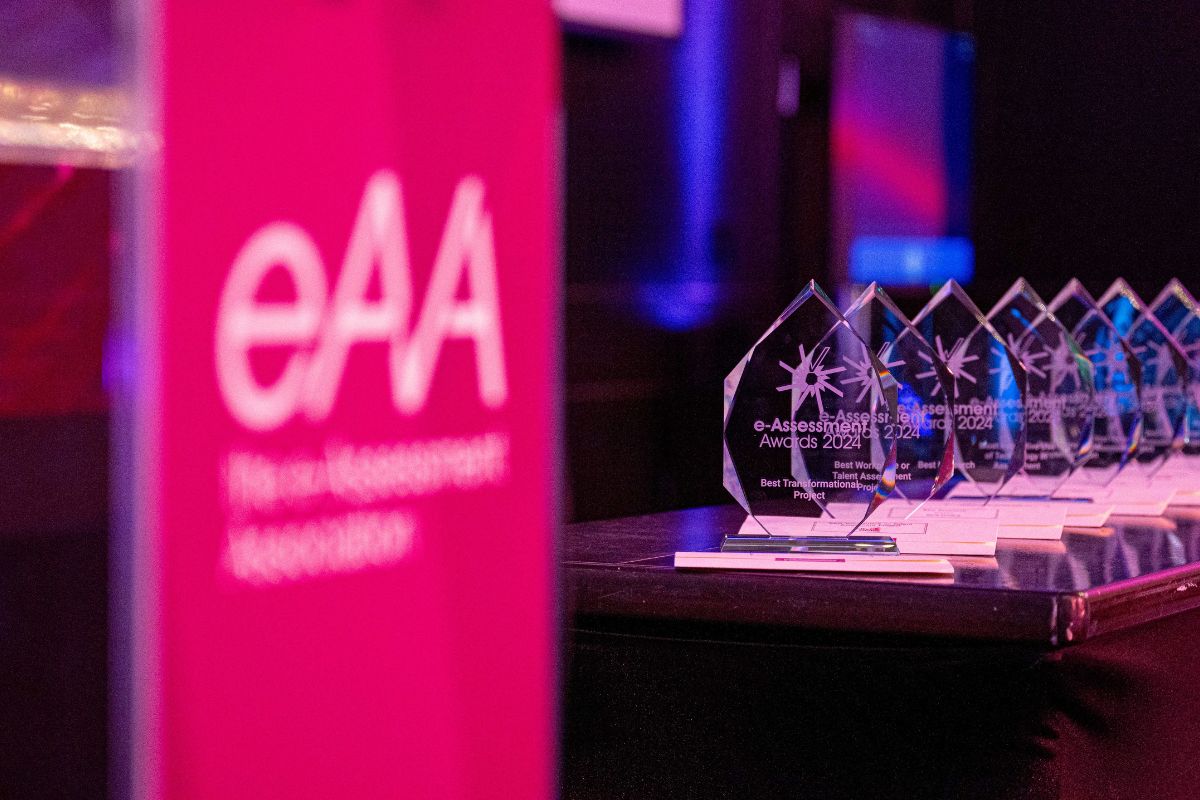There’s no such thing as ‘EdTech’

The title of this article is, I confess, deliberately provocative. After all, the global educational technology (EdTech) market is estimated to be valued at 142.37 billion dollars in 2023, the vast majority of Further Education institutions will employ a team of learning technologists or similar professionals to support the implementation of EdTech at their organisation, and there are various academics at universities across the world bearing titles such as ‘Professor of educational technology’ who specialise in researching and furthering our collective understanding of EdTech.
A brief online search will generate hundreds of virtual learning environments, quiz tools, and discussion platforms as examples of educational technology. So, surely it must exist? It is my contention that, despite the collective investment of capital, resource, and energy into the world of EdTech, ‘EdTech’ is a term that is, ultimately, meaningless. That ‘EdTech’, as the term is currently applied and understood, does not really exist.
Defining EdTech
This opinion crystallised on my part when I was asked to appear as a talking head in a MOOC about blended learning in post-compulsory education. I was specifically invited in my capacity as a specialist in EdTech to discuss how it can form part of a wider blended learning approach, a topic on which I am usually very comfortable discussing ‘off the cuff’. I sat in the studio, with an interviewer prepared to field me questions from behind the camera, and was asked the following opening question: “Could you just start off by giving us a quick elevator pitch for what educational technology is for someone who doesn’t know?” Easy, surely? Yet, to my surprise, I was stumped.
I resorted to the usual explanations often trotted out within the sector: ‘Educational technology is technology that is used to support learning’, ‘educational technology is the integration of digital teaching tools to facilitate learning’, ‘educational technology is when a teaching uses computer-based technologies to facilitate teaching’, and so on. However, as my interviewer (a non-specialist in the field but a master of Socratic questioning) asked his various follow up questions I soon realised how lacking these definitions are.
If educational technology is technology that supports learning, then surely a lightbulb in a classroom could be considered educational technology, as very little learning could occur if students were unable to see their teacher? Well, no, because it’s not really digital technology. If educational technology is the integration of digital tools to facilitate learning, then would a PowerPoint presentation being used by a teacher for their class constitute educational technology?
Well, maybe, but it’s not really designed specifically for education. If educational technology is any computer-based technology designed and used to facilitate learning, then would an electronic register used to record student attendance be educational technology, as it enables an educator to monitor and record student engagement and apply appropriate interventions? Well, I guess, but I don’t think many people would consider it as such. I found myself resorting to the colloquialism used by U.S. Supreme Court Justice Potter Stewart when tasked with precisely and legally defining what constitutes obscenity within media: ‘I know it when I see it’.
My interviewer and I completed the interview and rendered a reasonable degree of good quality footage. This experience made me recall another experience when I was in a practitioner development role at a Further Education College. I was tasked with supporting a particular subject area as part of a strategy to embed educational technology in their practice. That area’s manager took me on a tour of their department, introducing me to their team as someone who was there to make them change their practice.
This naturally provoked resistance amongst the educational practitioners, as someone with half your experience apparently coming to tell you how to do your job always will. “Oh, we don’t really use ‘EdTech’ here”, “I’m quite traditional in how I teach”, “I don’t see the point in changing what works” were the polite, but defensive, responses I received from educational practitioners. I was kindly permitted to observe a session and, to my surprise, I saw a self-professed despiser of educational technology seamlessly incorporate technology into their class to facilitate student learning.
The session in question, a Supported Education class focusing on Life Skills, was focused on helping students with additional needs develop their ability to shop independently. Their task was to research a series of recipes, estimate the cost of their ingredients, and price up the respective costs per portion of each recipe, identifying those that were more/less affordable.
Using college laptops they first used recipe websites to locate recipes, then generated an ingredient list in an Excel Spreadsheet, then went to various supermarket websites to price up the groceries necessary to cook that recipe. Towards the end of the class they quickly connected a HDMI cable between their laptop and the interactive Whiteboard, and shared their findings with the rest of the class. When I approached the educator afterwards to praise her application of digital technologies to support learning she assumed I was joking: ‘That’s not digital technology, that’s just the Tesco website’.
The context of practice
Why is a discussion board on Padlet, or quiz on Kahoot!, or a Virtual Learning Environment such as Moodle or Blackboard considered EdTech, but a lightbulb, or a PowerPoint presentation, or a electronic register, or, in this case, the Tesco website, is not? It is because, I contend, that educational technology isn’t primarily defined by its form, or even necessarily by its function, but by its context. Not necessarily its physical context, but its institutional context and its context within an individual educator’s existing teaching practice.
Educational technology is technology that educators wouldn’t otherwise use in their teaching practice. It is something alien, consciously incorporated due to either internal motivators such as a desire to experiment or external motivators such as a directive from college leadership. However, once it becomes naturalized and part of unconscious practice, it transitions from educational technology into simple educational practice.
That Supported Education practitioner using a blend of digital technologies to facilitate learning was not using educational technology because she did not perceive it as such. It was simply how was she was teaching the subject. Had I suggested she use an online discussion board, rather than a HDMI cable connected to a laptop being used to share an Excel spreadsheet, as a means for her students to share their findings, that would have been educational technology because both I and her would have perceived it as such. Yet the form and function of both approaches would be the same: to provide a means for students to put their work in front of their peers and discuss it. The only difference would be the context of where that sits within that educator’s existing practice.
EdTech’s meaning is defined by its liminality, informed by the personal and institutional contexts in which it exists and sitting at the boundary of accepted and emerging practice. But, in a purely material sense, there’s no such thing as EdTech.










Responses